Written by: Mohammad Shaaban, MINA’s Correspondent in Gaza
The issue of Palestinian prisoners is no longer confined to a number of protests and appeals inside the prisons of the Israeli occupation, especially after the escape of the six prisoners from the most fortified Gilboa prison. This action brought shame to the Israeli security system, which was proud of the high and unique level of security in this prison.
After this legendary operation, the world’s attention began to turn to the issue of prisoners in the occupation prisons, and it became the focus of the Palestinian cause and the most important priority of the Palestinian resistance.
In his comment on the re-arrest of the six prisoners who escaped from the Israeli Gilboa prison, the last of whom was Kammaji and the Nafaat fighter, Daoud Shehab, the spokesman for Islamic Jihad, confirmed to MINA that Operation Freedom Tunnel has once again placed the prisoners’ issue at the top of the Palestinian resistance’s priorities.
Also Read: Sheikh Muhammad Amin al-Husseini: The Palestinian Mufti in Indonesia’s Independence History
Recently, Israeli occupation forces rearrested the six Palestinian prisoners who managed to escape the high-security Gilboa prison on Monday, September 2, that led to a state of security tension to the occupation.
It Is Not First Escape In Palestinian Prisoners History
The escape of the six Palestinian prisoners is an integral part of the history of the captive movement inside the prisons of the occupation, despite all the security restrictions imposed by the occupation. The right Every prisoner has the right to dream of freedom and seek it. The escape of the six prisoners from Gilboa was not the first in the prisoners’ history inside the Israeli prisons.
Hamid stressed, “This escape is the first escape in the history of the Palestinian prisoners movement. In 1986, there were 6 prisoners who escaped from Gaza Central Prison, which was the largest military center in the Israeli occupation state at that time.” He continued, “Four of them were martyred in a clash in 1987.”
Also Read: Celebrating 200th Java War: Novelty Spirit of 2013 Memory of The World
“There was also another escape incident in 1984 by the prisoners Kamal Abdel Nabi, Shawki Abu Nsaira and Massoud Al-Ra’i, who managed to escape from Nafha prison and reach Gazaó and were arrested by the occupation in Gaza,” added Hamid.
This indicates the great will of the Palestinian people and their determination to defeat this inhuman occupation by the least possible means. The security restrictions and the Israeli guards did not prevent them from insisting on obtaining their freedom.
Did Palestinian Factions Help Six Escaped Prisoners
The Palestinian environment is very complex, and Palestinians cannot move comfortably within the occupied Palestinian territories, as the Israeli government places many obstacles, barriers, and checkpoints throughout the occupied Palestinian territories.
Also Read: History, Islam, and the Culture of the Kazakhstan: Abai as a National Inspiration
Absolutely, this hinders the work of any political, national or military movement for Palestinians.
Shehab Dawood told MINA that, “There are very complex security conditions accompanying these operations, which are characterized by complete secrecy, to disclose them. We had plans and equipment to secure these heroic prisoners in the case they reached the Jenin area or the West Bank where we can work.”
He added, “The space for resistance movement in the occupied Palestinian territories in 1948 is very difficult and almost non-existent. In the West Bank as well, it is difficult in light of the occupation’s control over most of the Palestinian territories.”
Court Sentences Escaped Prisoner
Also Read: Boycotting Israeli-Affiliated Products: A Moral Stance and a Form of Supporting Justice
“There is no court in the world that sentences the prisoner on the grounds that he escaped, except for the Israeli occupation state, where it sentences them on the intention. Regarding the six escaped prisoners, it said that they came out to resist the Israeli occupation and that it will add life sentences to them,” Hamid said.
International law gives every prisoner the right to dream of freedom, and every prisoner has the right to think about escape. Whoever can escape and be captured is not prosecuted in this case according to law.
Also, the Israeli rulings are not limited to the living Palestinian prisoners, but also to the dead. Hamid explained that “there are now seven Palestinian prisoners who were martyred, and their bodies are kept by Israel until the end of their trial period.”
Beginning of Israeli Occupation Prisons
Also Read: 77 Years Since Nakba, Palestinian Population Grows Tenfold
Israel has established numerous prisons and detention and interrogation centers in which tens of thousands of Palestinians are trapped. Some of these prisons were buildings from the time of British colonialism of Palestine, while others were created in successive periods after Israel occupied East Jerusalem, the West Bank and the Gaza Strip in June 1967. What they all have in common is that they were meant to hide the Palestinian voice demanding the return of their usurped right and freedom.
The Palestinians did not stand silent in the face of the violations of the Israeli occupation. Rather, they resisted it in all forms since it occupied this land, especially the prisoners inside the Israeli prisons, where a large number of Palestinians were arrested throughout the occupation.
“One million Palestinian prisoners have been tried inside the prisons of the Israeli occupation since its occupation of the Palestinian territories,” said Muwaffaq Hamid, a spokesman for the Hussam Association of Detainees and Ex-Prisoners to MINA.
He continued, “Likewise, 226 Palestinian prisoners were martyred inside Israeli prisons, most of them as a result of torture and medical neglect.”
Also Read: Indonesia Must Do More Than Evacuate, Gaza Needs Us to Act Now
Hamid added, “16,000 women were arrested and tried inside Israeli prisons, and now 38 of them remain in prisons.”
Occupation Inspections of Prisoners
As the spokesperson for the Hosam Association of Detainees and Ex-Prisoners said, the Israeli occupation handed over the issue of Palestinian prisoners to the administration of the Israeli Prisons Authority, and this administration is self-sustaining and has a special budget. It is subject to the Israeli Shin Bet device.
There are three suppression units of the Israeli Prison Service, the Nachshon Force, the Masada Force, and the Metiazed Force. They are armed with shields, sticks, batons, tear gas and sniffer dogs.
Also Read: The Recitation of Surah Al-Isra from Jakarta for Palestine
Hamid said, “As a punitive policy, the Israeli prison administration conducts searches and incursions under security pretexts to humiliate and punish the prisoners. It is a punitive policy aimed at punishing the prisoners above all.”
The Israeli Prison Administration conducts provocative and repressive searches of prisoners under various pretexts. It was justified that the intrusion was due to the suspicion of having a phone inside or prison security papers as well as the suspicion of the presence of some sharp tools that are used in digging.
There are three security checks every day, morning, noon and evening. Each room is inspected by pressing the tiles and pressing the doors and windows of the room on a daily basis three times.
Current Situation of Prisoners in Prisons
Also Read: The Importance of Environmental Awareness in Da’wah
Speaking to MINA, Hamid confirmed that the number of prisoners held in Israeli prisons until this moment is 4,680, of whom 557 are sentenced to life imprisonment. Life imprisonment in the occupation prisons is defined as spending 50 years in prison.
The spokesperson for the Hussam Association of Detainees and Ex-Prisoners clarified that “96 of these prisoners, who were sentenced to life imprisonment, spent 20 years or more inside the prisons of the occupation, and 12 prisoners who spent 30 and even more than 40 years.”
“There are 542 prisoners under administrative detention without any charge. Some of them have spent years,” Hamid continued. “There are 200 children under 18 years of age in Israeli prisons.”
The violations of the Israeli occupation were not limited to healthy people, but also affected Palestinian patients. Hamid told MINA, “There are 1,200 sick Palestinian prisoners inside the prisons of the occupation.” He continued, “There are about 17 prisoners who are permanent residents in the Ramle prison clinic, and they suffer from kidney failure, heart disease and amputation of some limbs.”
Also Read: Interfaith Dialogue and the Middle East Conflict
In more details, Hamid said, “There are approximately 25 cases of cancer patients with leukemia and other types of cancer. There are more than 70 Palestinian prisoners who have been shot, including 5 girls. The rest are patients with stomach, hypertension, diabetes and other diseases.”
Palestinian Prisoners Movement
The Palestinian prisoners movement unified its position and issued a statement on Friday, September 17, declaring that it will carry out a struggle plan in response to the crimes of the occupation against the prisoners, represented by a comprehensive hunger strike inside the occupation prisons.
Hamid said, “This strike includes 1,280 prisoners in order to restore the situation to normal and reduce the repressive occupation practices and the punitive policies that it followed recently. The prison administration responded to these demands under pressure, and as a result, the strike was suspended but hasn’t ended.”
Also Read: Israel’s Underground Prison, Where Hamas and Hezbollah Fighters Are Held in Extreme Conditions
Israeli prisons are witnessing a relative calm in light of the occupation’s retreat from its repressive practices against Palestinian prisoners as a result of the prisoners’ threats and their resistance to the occupation and its practices. In addition, Palestinian factions and all Palestinian people practice pressure on the occupation in the case of violating prisoners by protests, confrontations, and threats of going into a new escalation. (W-K-G/RE1)
Mi’raj News Agency (MINA)





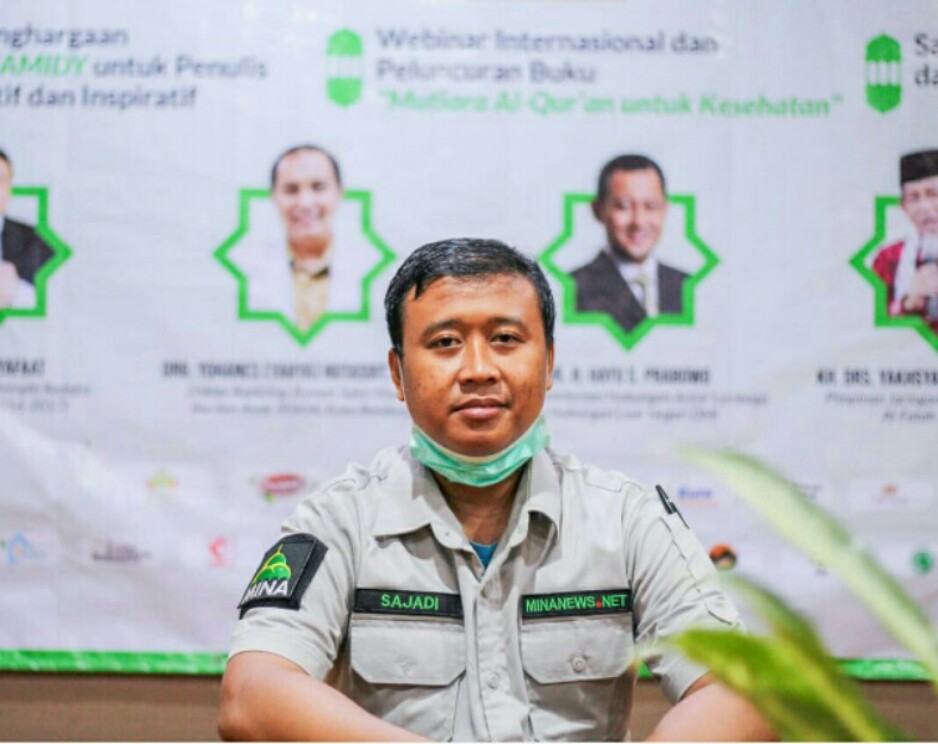
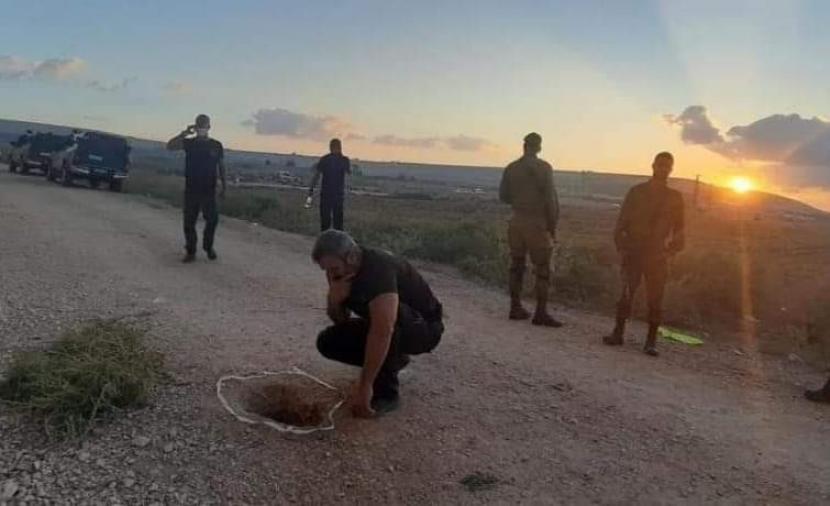

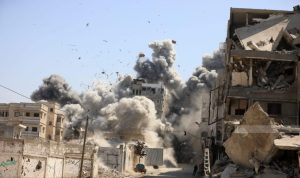

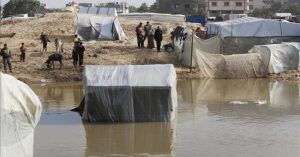
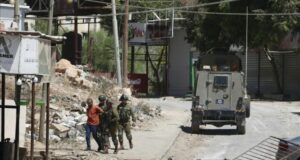
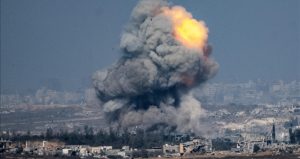
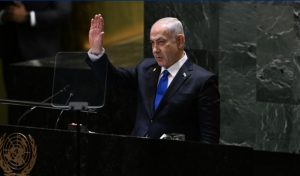


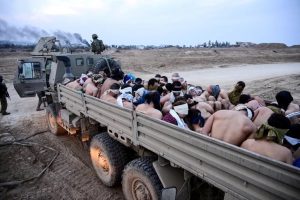

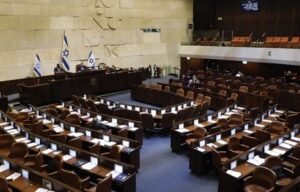




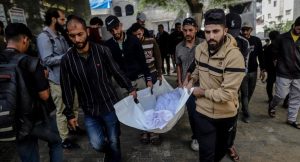
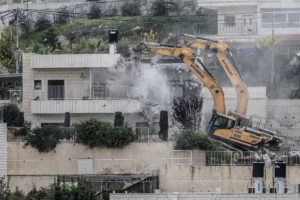

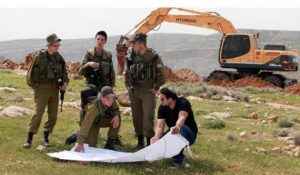
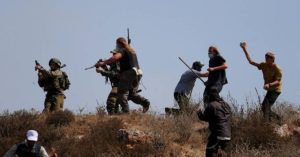



 Mina Indonesia
Mina Indonesia Mina Arabic
Mina Arabic